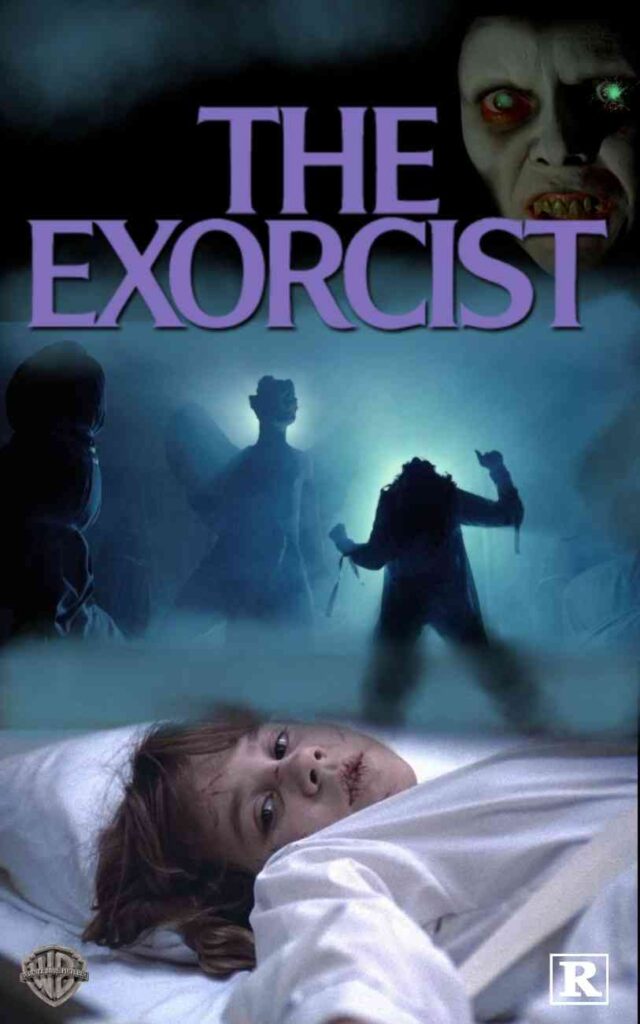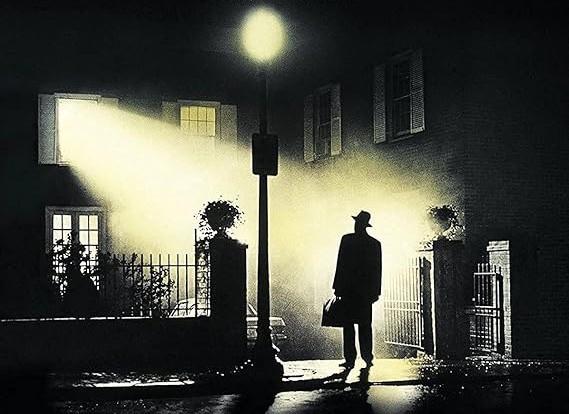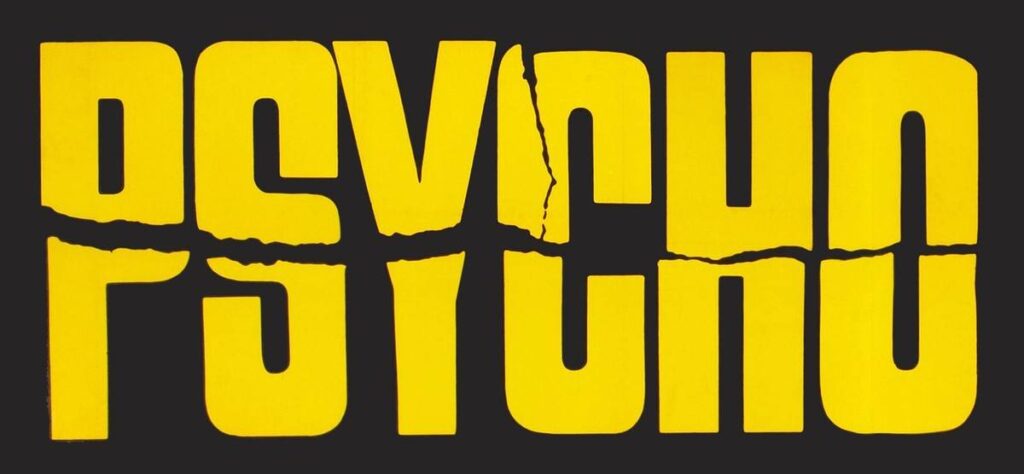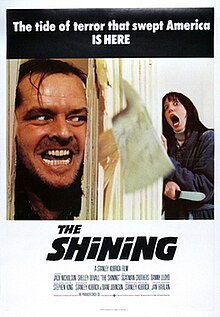Film by Friedkin [1973]

When it comes to horror films that leave audiences permanently scarred, The Exorcist (1973) stands in a league of its own. Directed by William Friedkin and based on William Peter Blatty’s bestselling novel, this demonic possession masterpiece didn’t just push boundaries—it obliterated them. With its visceral scares, psychological intensity, and unflinching exploration of evil, The Exorcist became a cultural phenomenon, sparking outrage, fainting spells in theaters, and endless debates about its “cursed” production. Over 50 years later, it remains the gold standard for horror. Let’s exorcise the secrets behind its enduring power.
The Plot: A Descent into Hell
The film follows Chris MacNeil (Ellen Burstyn), a Hollywood actress living in Georgetown, whose 12-year-old daughter Regan (Linda Blair) begins exhibiting bizarre, violent behavior. Doctors and psychiatrists are baffled, but as Regan’s condition deteriorates—levitating, speaking in guttural tongues, and mutilating herself—Chris turns to two priests: the doubting Father Damien Karras (Jason Miller), a psychiatrist grappling with his faith, and Father Lankester Merrin (Max von Sydow), an aging exorcist with a haunted past. Together, they confront an ancient evil that tests their beliefs, sanity, and survival.

Why The Exorcist is a Masterpiece
Unflinching Realism and Practical Effects
The Exorcist terrified audiences because it felt real. From Regan’s contorted body to the pea-soup vomit and rotating head, the practical effects (led by Dick Smith) were revolutionary. The makeup team worked for hours daily to transform Linda Blair into a grotesque vision of possession, while mechanical rigs created the infamous bed-shaking and levitation scenes. The result? A visceral, tactile horror that CGI still can’t replicate.
Themes of Faith and Despair
At its core, The Exorcist is a battle between doubt and belief. Father Karras’ crisis of faith mirrors the audience’s own questions: Is Regan truly possessed, or is this a psychological breakdown? Is evil a supernatural force or a human one? The film doesn’t offer easy answers, making its horror deeply philosophical.
Linda Blair’s Iconic Performance
Linda Blair was just 14 during filming, but her portrayal of Regan is legendary. From sweet innocence to demonic rage, she delivered a performance so convincing that many viewers believed she was actually possessed. The role earned her an Oscar nomination—a rarity for horror—and cemented Regan as one of cinema’s most terrifying figures.
Sound Design and Score
The discordant, avant-garde score by Jack Nitzsche (featuring tubular bells and eerie whispers) and the sound design—Regan’s growls, the demon’s gurgling voice (performed by Mercedes McCambridge)—create an auditory nightmare. The infamous “spider-walk” scene, cut from the original release but restored later, still haunts viewers with its unnatural movements.
Cultural Impact and Controversy
The Exorcist wasn’t just a movie—it was an event. Religious groups protested it, theaters handed out vomit bags, and reports of audience members fainting or fleeing mid-screening fueled its infamy. It became the first horror film nominated for a Best Picture Oscar (it won two, for Sound and Adapted Screenplay), proving horror could be both art and terror.
Behind the Scenes: The “Cursed” Production
- Real-Life Horror: Rumors of a “curse” plagued the set. Multiple crew members died during or after filming, including Max von Sydow’s brother and Jack MacGowran (Burke Dennings). A fire destroyed the set except for Regan’s bedroom, and Ellen Burstyn injured her spine during a violent scene.
- Mercedes McCambridge’s Sacrifice: To voice the demon Pazuzu, McCambridge chain-smoked, drank raw eggs, and bound herself to a chair to mimic straining vocal cords. She wasn’t credited initially, leading to a lawsuit.
- The Hidden Crosses: Friedkin hid small crosses in the background of nearly every scene to subliminally unsettle viewers.
Why The Exorcist Still Terrifies
Modern horror relies on jump scares, but The Exorcist preys on primal fears: loss of control, the corruption of innocence, and the existential dread of unseen evil. Its pacing—slow-burn tension exploding into grotesque horror—keeps audiences paralyzed. The film also taps into universal anxieties about parenthood, faith, and the fragility of the human body.
Final Thoughts
The Exorcist is more than a movie; it’s an experience. It challenges viewers to confront the darkest corners of belief and humanity, all while delivering some of the most iconic scares in film history. Whether you’re a horror veteran or a newbie, this is essential viewing—just keep the lights on.
Engage with Me!
What’s the most disturbing scene in The Exorcist for you? The head-spin, the crucifix scene, or Regan’s voice? Let me know in the comments!
And if you’re into possession horror, check out my deep dive into The Shining (1980) or my ranking of The Scariest Movies Based on True Events. What’s your take on the “curse” of The Exorcist? Fact or folklore? Share below! 🔥📿


